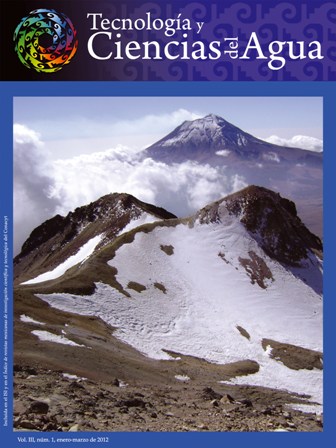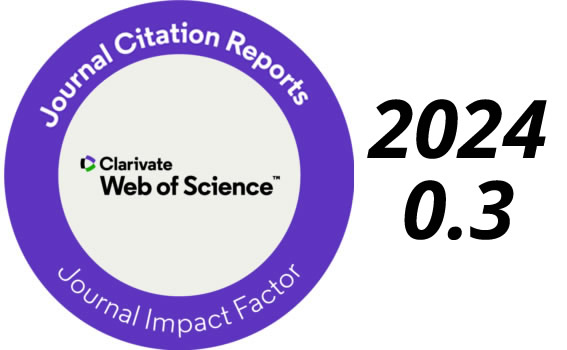Soil porosity for three typical surfaces in the Nazas River upper watershed
Keywords:
soil porosity, image analysis, soil compaction, watershed managementAbstract
This work presents a soil porosity study for three typical soil surfaces in the Nazas River upper watershed. The soil surfaces studied were: pine-oak forest, grassland and bare soil due to cattle trampling. Using image analyses, soil porosity in undisturbed soil monoliths was studied taking into account the size and shape of pores. Results show higher soil porosity in forest and grassland surfaces (0.6 and 0.43 m3/m3, respectively), with significant macro-porosity (irregular-shaped pores larger than 2 mm2) associated with pine-oak humus and grass roots, and reduced porosity in bare soil (0.32 m3/m3), with significant micro-porosity (round-shaped pores) due to compaction and soil degradation. This work shows soil porosity features related to current land use in the Nazas River upper watershed.Downloads
Published
How to Cite
Issue
Section
License

This work is licensed under a Creative Commons Attribution-NonCommercial-ShareAlike 4.0 International License.
By Instituto Mexicano de Tecnología del Agua is distributed under a Creative Commons Attribution-NonCommercial-ShareAlike 4.0 International License. Based on a work at https://www.revistatyca.org.mx/. Permissions beyond what is covered by this license can be found in Editorial Policy.









